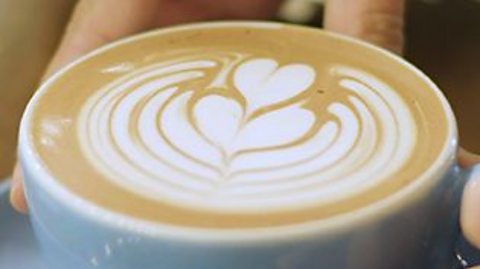One sugar or two? Milk or lemon? Here in the UK, we love a good brew in the morning, at night, or… pretty much any time of the day, in fact. But how did a hearty cup of tea become so popular?
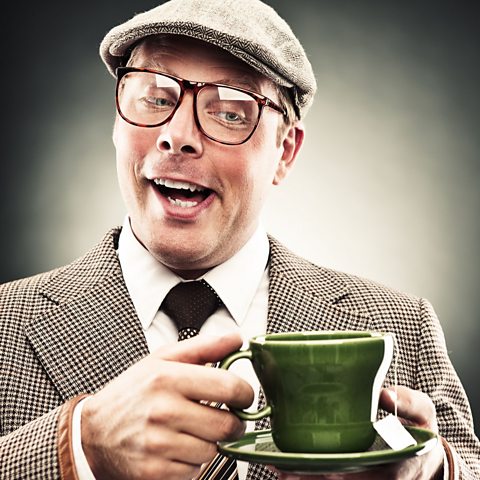
The UK Tea & Infusions Association (UKTIA) says 84% of the UK population drinks tea every day, so there’s no doubt the nation loves it - with milk too, apparently. UKTIA say around 100 million cups of tea are consumed daily, and roughly 98% of those brews are served with milk.
We are the third-largest tea drinking nation (per capita) behind Turkey and the Republic of Ireland.
Without further ado, let’s get in to the history of this delightful drink, and how it conquered the UK.
Legendary leaves
Brits have been drinking tea for over 350 years, but the drink has been around a lot longer, and its origins are far from the British Isles. Legend has it that in 2737BC, Chinese Emperor and renowned herbalist Shen Nung was sitting under a tree while his servant was boiling drinking water. Chinese mythology states that a leaf from a Camellia sinensis, or tea plant, fell into the water and Shen Nung decided to taste the concoction. And so, tea was born.

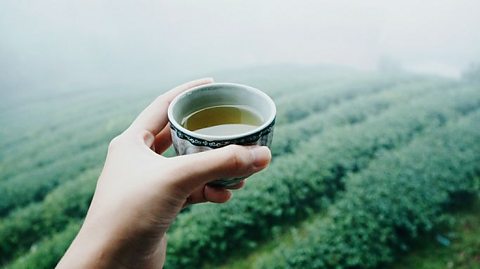
According to another variation of the legend, Shen Nung accidentally poisoned himself and was near death, but a leaf from a nearby tea plant fell into his mouth and revived him. There are several stories, but because tea was discovered so long ago, it’s incredibly difficult to know if there is any truth to them at all.
The oldest discovered tea is from the Han Dynasty, dating 206BC to 220AD. But it’s thought that the tea trend really took off during the Tang Dynasty in the 8th Century, when it became China’s national drink.

Check out more articles on things we like to eat and drink:

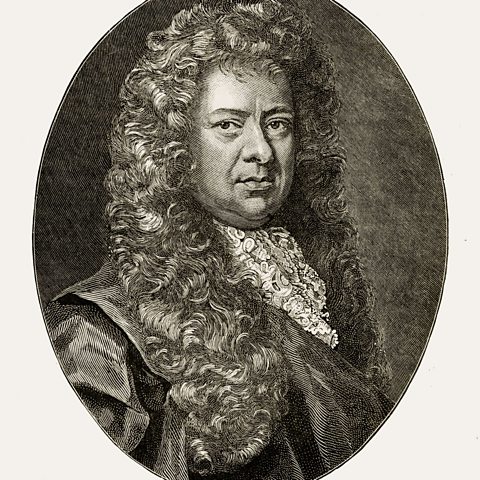
Do you fancy a ‘cup of tee?’
The world began to learn of China’s tea secret in the early 1600s, when Dutch traders started bringing it to Europe in large quantities. It first arrived in Britain in the 1650s, when it was served as a novelty in London’s coffee houses. Back then, tea was a rare drink that very few consumed. The famous diarist Samuel Pepys wrote about his first tea experience in 1660 with the entry “and afterwards I did send for a cup of tee (a China drink) of which I had never drank before, and went away”. OK, we can't quite say if he was a fan or not, but he does have the honour of being the first recorded Briton to drink something which is now quintessentially British.
However, it may have been the wife of King Charles II, two years later, who we have to thank for popularising tea in the UK. In 1662, the newly restored monarch married Catherine of Braganza, the daughter of Portugal’s King John IV. She became Queen of England, Scotland and Ireland, and, more to the point, she's regarded as starting the tea trend in Britain.


Upon arriving in Portsmouth on 14 May 1662 ahead of her marriage to the king, Catherine asked for a cup of tea. Tea had arrived by this point, but it was rare for anyone to drink it, so none was available - instead, she was offered a small ale. She was already a regular tea drinker, as the drink was already a popular beverage among the aristocracy of Portugal.
The king and queen got married on 21 May, and Portugal provided several ships of luxury items as it had been agreed. One of those items included a chest of tea, the favourite drink of the Portuguese Court. Catherine popularised the drink among British nobility, and subsequently to the wealthier members of society. The invasion of tea in the country had well and truly started.

The brew takes over
People thought the drink was tea-rrific and couldn’t get enough. In response to the new demand, the East India Company began to import tea to Britain, placing its first order in 1664. However, high taxes on black and green tea meant that social tea drinking could only be afforded by the wealthier classes. A cup of tea became an activity associated with luxury.
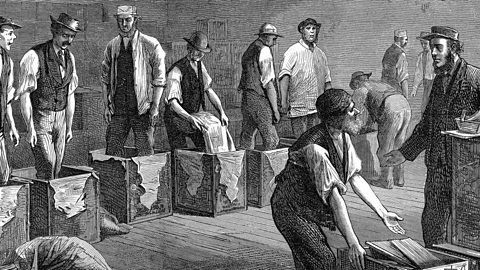
By the 18th Century, the popularity of tea had grown so much that people of all backgrounds wanted some. The only downside: it was still too expensive for ordinary customers. But the population wasn’t going to give up that easily. Their love for this hot drink was so strong that smugglers began bringing it into the country illegally. It was in such demand that the amount smuggled in yearly was significantly more than what was imported legally.
Eventually, William Pitt the Younger slashed the tea tax from 119% to 12.5% when he became Prime Minister in 1783. That virtually relinquished the illegal smuggling trade overnight, as the new price meant that it was no longer profitable to smuggle tea. With a reduced rate of tax, consumption of tea skyrocketed and revenue grew to a higher level than before the tax was reduced.


Drinking tea became an everyday part people’s lives, regardless of their wealth or social background. Over time, milk was added - this might have been to soften the harsh and bitter flavours, or perhaps had to do with reducing the temperature to avoid bone China tea cups, used commonly at the time from cracking. In 1908, the tea bag was invented - although it didn’t take off straight away. Different companies began pushing tea bags and they steadily grew in popularity. Nowadays, having a brew with a teabag and adding milk is customary in almost every household in the UK.
The question now is: do you put the milk in before or after the tea bag has been removed? Well, a 2018 YouGov survey says that the 'overwhelming majority' of Brits think the milk should go in tea last.
A short history of the haircut
From Ice Age braids to The Rachel

Five unusual protests in history
For years people have found interesting and creative ways of getting their voices heard.
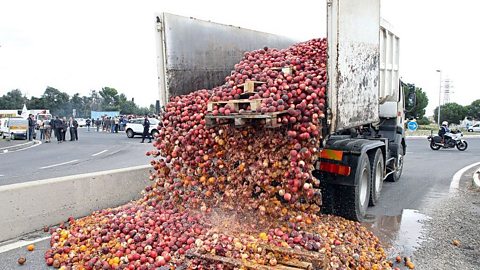
What is diffusion?
KS3 Physics
